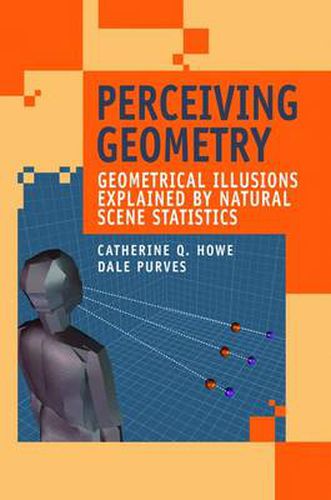Readings Newsletter
Become a Readings Member to make your shopping experience even easier.
Sign in or sign up for free!
You’re not far away from qualifying for FREE standard shipping within Australia
You’ve qualified for FREE standard shipping within Australia
The cart is loading…






During the last few centuries, natural philosophers, and more recently vision scientists, have recognized that a fundamental problem in biological vision is that the sources underlying visual stimuli are unknowable in any direct sense, because of the inherent ambiguity of the stimuli that impinge on sensory receptors. The light that reaches the eye from any scene conflates the contributions of reflectance, illumination, transmittance, and subsidiary factors that affect these primary physical parameters. Spatial properties such as the size, distance and orientation of physical objects are also conflated in light stimuli. As a result, the provenance of light reaching the eye at any moment is uncertain. This quandary is referred to as the inverse optics problem. This book considers the evidence that the human visual system solves this problem by incorporating past human experience of what retinal images have typically corresponded to in the real world.
$9.00 standard shipping within Australia
FREE standard shipping within Australia for orders over $100.00
Express & International shipping calculated at checkout
During the last few centuries, natural philosophers, and more recently vision scientists, have recognized that a fundamental problem in biological vision is that the sources underlying visual stimuli are unknowable in any direct sense, because of the inherent ambiguity of the stimuli that impinge on sensory receptors. The light that reaches the eye from any scene conflates the contributions of reflectance, illumination, transmittance, and subsidiary factors that affect these primary physical parameters. Spatial properties such as the size, distance and orientation of physical objects are also conflated in light stimuli. As a result, the provenance of light reaching the eye at any moment is uncertain. This quandary is referred to as the inverse optics problem. This book considers the evidence that the human visual system solves this problem by incorporating past human experience of what retinal images have typically corresponded to in the real world.